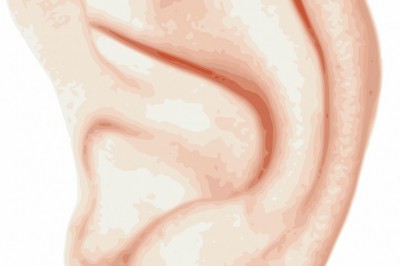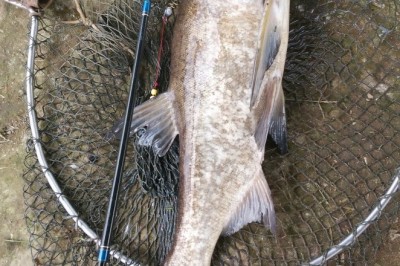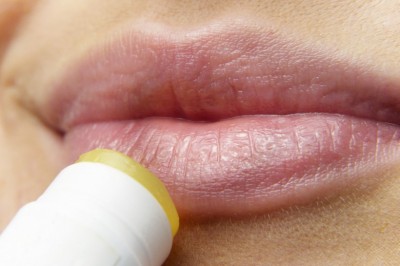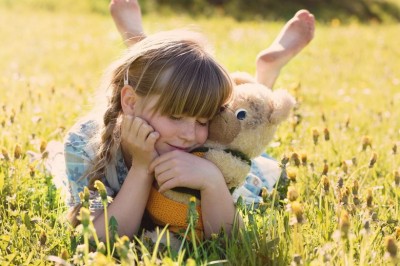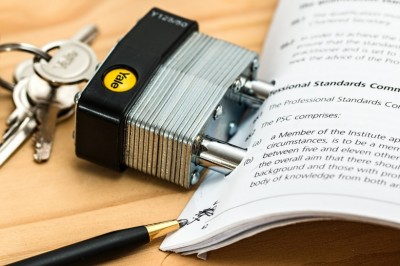Massage for Children with Autism
Copyright (c) 2009 Liddle Kidz Foundation Infant and Childrens Pediatric Massage
For children with Autism, massage may provide relaxation, stress reduction and calm muscle spasms. Over time, touch therapy also helps the child to become more accustomed to tactile stimulation and aides in body awareness. Often by incorporating massage therapy into daily routines, children with Autism experience decreased issues with sleeping.
Research has demonstrated that this type of intervention may promote more on-task and social relatedness behavior during play, they show less erratic behavior, and are more attentive after receiving massage therapy. This nurturing, healthy touch, along with regular sensory integration, can be beneficial in reducing inattentiveness, touch aversion and withdrawal.
Considerations when massaging children with Autism
For many children with Autism, there is susceptibility to sensory overload, and they may lack feeling or awareness. So, it is important to begin lightly and gradually work deeper, while being very aware of all cues the child is giving you. For some of these children they may not use the same verbal skills as other pediatric clients, so it is imperative to be mindful of all non-verbal communication as well.
Seeing the great need to provide touch therapy for children with Autism is one reason I specifically developed my Pediatric Massage training. In this training we not only discuss approaches for providing touch therapy for children with Autism, but children with many varying special healthcare needs.
During my recent North American Touch Tour, I have provided training, education and guidance to new pediatric massage therapists throughout the U.S. and Canada who have already reported finding a valuable response with children and families affected by Autism and Autism spectrum disorders.
Practical tips for practitioners
As a practitioner working with children with Autism, be prepared to take it slow. You may not introduce massage at your first session together and this is normal. Start out by trying to make the child feel comfortable and introduce tactile stimulation by allowing the child to choose various items to touch and feel. You want to give the child the opportunity to participate in the session as much as possible. Be aware and observe cues which indicate permission to touch. You may not receive direct eye-to-eye contact or a verbal "Yes". Vary your pace and pressure while recognizing the childs needs. Deeper and more precise pressure is better received by many children who have been diagnosed with ASD. Skin-to-skin contact may not be immediately well received by the child with Autism, so consider providing touch over clothing or cloth, and beginning with the hands and feet may be more comfortable.
What about the Parents?
Many times parents feel frustrated at trying to provide appropriate loving and nurturing touch for their child, only to receive little or no reaction. Many children with Autism show characteristics such as impairments in social interaction, impairments in communication (both verbal and non-verbal), restricted interests and repetitive behavior. A child with Autism typically does not express any words of love, share hugs or show any facial expression in response to pleasure.
When working with children with Autism, it is important to involve parents by showing them techniques they can practice, as well as a variety of ways to introduce tactile stimulation throughout daily activities. The parents should be invited to sit in on your session, as long as both the parents and child are comfortable. Teaching parents massage therapy and nurturing touch techniques can be helpful in encouraging this healthy bond between child and parent.
Some big misperceptions about Children with Autism
It has been long believed that a child with Autism is incapable of forming attachment. However, research has demonstrated that these children do attach to their parents, but still remain incapable of acting on this attachment or responding appropriately.
Many times it is believed that children with Autism will not make eye contact and cannot react to receiving touch in a positive way. This is not always the case. There have been times when I am working with a child and they do make eye contact. I often fine, that once I have given them some freedom to choose the types of touch they wish to receive, and the position they wish to be in during a session, they respond with a smile. A reaction not always witnessed by those who are with the child on a daily basis.
Children with Autism have sensory malfunction and dysfunction of the tactile system making them averse to certain sights, sounds, smells or touch. Given that children with Autism have been reported to be opposed to physical contact, it is interesting that many massage therapists, and parents, are finding great success in the use of massage therapy with children who are Autistic, or considered to be on the spectrum.
------
Looking for expert advice, tips and tools to help improve your childs health? Find answers to all your questions about infant massage teacher training and pediatric massage for children autism at http://www.liddlekidz.com . Infant Massage Teacher Trainer, Tina Allen, founder of leading childrens health and nurturing touch organization Liddle Kidz Foundation, shares over ten years of expertise working with children and families.













